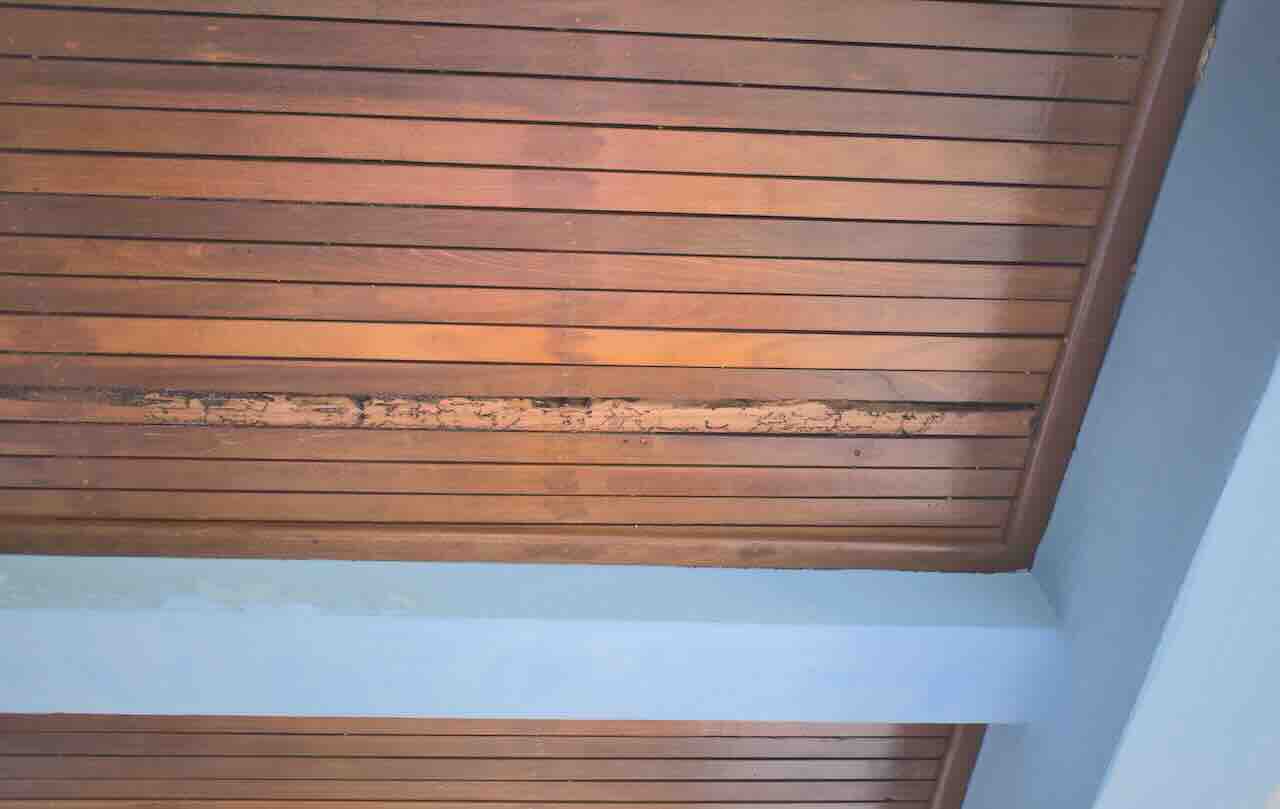

Articles
How To Treat Termites In The Ceiling
Modified: August 20, 2024
Learn effective techniques and articles for treating termites in the ceiling. Protect your home from costly repairs with expert advice and solutions.
(Many of the links in this article redirect to a specific reviewed product. Your purchase of these products through affiliate links helps to generate commission for Storables.com, at no extra cost. Learn more)
Introduction
Termites are a common household pest that can cause significant damage if left untreated. These tiny insects feed on wood and can infest various parts of your home, including the ceiling. Spotting the signs of termite infestation in the ceiling is crucial for early detection and prompt treatment.
In this article, we will explore the nature of termites, the signs of an infestation in the ceiling, how to prepare for termite treatment, natural remedies for treating termites, chemical treatment options, hiring professional pest control services, and preventive measures to avoid future infestations.
Understanding termites and their behavior is essential to effectively deal with an infestation. Termites live in colonies and have a hierarchical social structure consisting of workers, soldiers, and reproductive individuals, also known as swarmers. They feed on wood and other cellulose-containing materials, such as cardboard and paper.
The most common types of termites that infest homes are subterranean termites and drywood termites. Subterranean termites live underground and build mud tubes to travel between their colony and food sources, while drywood termites live inside the wood they infest.
Now that you understand the nature of termites, let’s discuss the signs that indicate a termite infestation in the ceiling. These signs can help you identify the problem early on and take the necessary steps to address it.
Key Takeaways:
- Early detection of termite infestation in the ceiling is crucial. Look out for signs such as frass, mud tubes, hollow-sounding wood, and sagging ceilings to address the issue promptly and prevent further damage.
- Professional pest control services are essential for effective termite treatment. Their expertise, specialized equipment, and long-term prevention strategies can safeguard your home and ceiling from future infestations.
Understanding Termites
Termites are small insects that belong to the order Isoptera. They are often referred to as “silent destroyers” because they can cause extensive damage to homes and buildings. It is crucial to have a basic understanding of termites to effectively identify and treat infestations.
Termites are social insects, which means they live in colonies and have a complex hierarchical structure. The colony is typically made up of three main castes: workers, soldiers, and reproductives.
Workers are the most numerous members of the colony and are responsible for foraging and gathering food. They are small, pale, and wingless. Workers are the ones that cause the most damage as they feed on cellulose materials, such as wood, cardboard, and paper, which are commonly found in homes.
Soldiers are larger than workers and have an enlarged head with powerful jaws or mandibles. Their primary role is to defend the colony against potential threats, such as ants or other termite species.
The reproductive caste consists of the queen and king, also known as swarmers. Their primary function is to reproduce and establish new colonies. Winged swarmers emerge from their current colony during specific times of the year and engage in a nuptial flight. After mating, the male and female swarmers shed their wings and start a new colony.
Termites are often divided into two main groups: subterranean termites and drywood termites. Subterranean termites require moisture and live underground, while drywood termites infest dry wood.
The behavior and habits of termites vary depending on the species, but most termites are known for their ability to cause significant structural damage. Since they feed on cellulose, which is a component of wood, they can weaken the internal structure of wooden materials and compromise the stability of homes and buildings.
Now that we have a better understanding of termites and their social structure, it is important to learn how to spot signs of termite infestation in the ceiling. By identifying these signs early on, you can take immediate action to prevent further damage and eradicate the termites.
Signs of Termite Infestation in Ceiling
Detecting a termite infestation in your ceiling can be challenging since termites typically work from the inside out, hidden from view. However, there are several signs you can look out for that may indicate a termite problem in your ceiling.
1. Frass or Termite Droppings: Termite droppings, also known as frass, are tiny wood-colored pellets that resemble sawdust or sand. If you notice small piles of frass near the ceiling or on the floor beneath it, it could be a sign that termites are infesting your ceiling.
2. Mud Tubes: Subterranean termites build mud tubes to travel from their underground colonies to their food source. These tubes are thin, cylindrical structures made of soil, saliva, and feces. Check for the presence of mud tubes along the walls leading up to the ceiling.
3. Hollow-Sounding Wood: Tap on the ceiling and listen for a hollow sound. Termites hollow out the wood as they feed on it, leaving behind only a thin layer on the surface. If the wood in your ceiling sounds hollow, it could be an indication of termite damage.
4. Sagging or Warped Ceiling: As termites consume and weaken the structural components of your ceiling, it may start to sag or become warped. If you notice any changes in the appearance or shape of your ceiling, it is essential to investigate the cause, including the possibility of a termite infestation.
5. Discarded Wings: After a termite swarm, you may find discarded wings near windowsills or light fixtures. These wings are shed by the swarmers after they have mated and can indicate the presence of an established termite colony.
6. Presence of Live Termites: If you spot live termites, whether it’s workers, soldiers, or swarmers, in or around your ceiling, it is a clear indication of an active termite infestation.
7. Blistering Paint or Peeling Wallpaper: Termites produce moisture as they feed, which can cause the paint on your ceiling to blister or your wallpaper to peel off. Keep an eye out for any unusual changes in the paint or wallpaper in your ceiling area.
If you observe any of these signs, it is crucial to take immediate action to address the termite infestation in your ceiling. The next section will guide you on how to properly prepare for termite treatment.
Preparing for Termite Treatment
Before undergoing termite treatment for your ceiling, it’s essential to properly prepare the affected area to ensure the effectiveness of the treatment and the safety of everyone involved. Here are some steps to follow when preparing for termite treatment:
1. Inspection: Contact a professional pest control company to perform a thorough inspection of your ceiling and determine the extent of the termite infestation. They will identify the species of termites, assess the damage, and recommend the appropriate treatment method.
2. Clear the Area: Remove any furniture, decor, or belongings from the vicinity of the ceiling being treated. This will allow the pest control professionals to have unobstructed access to the affected area and ensure that none of your belongings are accidentally damaged during the treatment process.
3. Notify Occupants: If you live in a multi-unit building or have neighbors adjacent to your affected ceiling, it’s important to inform them about the upcoming termite treatment. This will ensure that they can take necessary precautions and vacate the area if required during the treatment process.
4. Seal Off Air Vents and Openings: Before the termite treatment, close and cover any air vents, windows, or other openings in the affected area. This will prevent the treatment chemicals from escaping and ensure that the treatment remains localized to the infested area.
5. Temporary Relocation: Depending on the severity of the termite infestation and the treatment method being used, you may need to temporarily relocate while the treatment is being carried out. This is usually only necessary in cases where fumigation or heat treatment is required.
6. Communicate with the Pest Control Company: Follow the instructions provided by the pest control company regarding any additional preparation steps specific to your situation. They may require you to turn off electrical appliances, cover certain items, or take specific precautions to ensure the safety and effectiveness of the treatment.
Preparing for termite treatment is crucial to ensure that the process goes smoothly and that the infestation is effectively eliminated. By following these steps and cooperating with the pest control professionals, you can maximize the chances of a successful treatment outcome and protect your ceiling from further termite damage.
Natural Remedies for Treating Termites in Ceiling
When it comes to treating termites in your ceiling, there are several natural remedies you can try before resorting to chemical treatments. These natural remedies can help deter termites and limit their spread. Here are some effective options:
1. Orange Oil: Orange oil is derived from orange peels and contains a compound called d-limonene, which is toxic to termites. Apply orange oil directly to infested areas of the ceiling using a dropper or spray bottle. The oil will penetrate the wood, killing termites upon contact.
2. Neem Oil: Neem oil is derived from the neem tree and has insecticidal properties. Mix neem oil with water and spray it on affected areas of the ceiling. The oil disrupts the feeding and molting process of termites, eventually leading to their demise.
3. Boric Acid: Boric acid is a natural insecticide that can effectively eliminate termites. Mix boric acid with water to create a paste and apply it to the infested area. Termites will ingest the boric acid, which will kill them and deter others from further infesting the ceiling.
4. Vinegar: Vinegar is readily available in most households and can be used as a natural solution to combat termites. Mix equal parts vinegar and water and spray it on the affected areas. The acidic nature of vinegar helps to destroy termites and their eggs.
5. Diatomaceous Earth: Diatomaceous earth is a natural substance made from the fossilized remains of diatoms. It is harmless to humans and pets but can be lethal to termites. Sprinkle diatomaceous earth around the infested areas and in cracks and crevices. The fine particles will stick to the termites and dehydrate them, eventually leading to their demise.
6. Salt: Salt is another household item that can help control termite infestations. Simply dissolve salt in warm water and spray it on the affected areas. The high sodium content in salt is toxic to termites and will help eliminate them.
While these natural remedies can be effective in treating termites in the ceiling, it is important to note that they may not provide complete eradication in severe infestations. Professional pest control services may be necessary in such cases.
Before using any natural remedy, it is essential to conduct thorough research and follow the instructions and safety guidelines provided. If your termite infestation persists or worsens, it is recommended to consult a professional pest control company for further assistance.
Tip: To treat termites in the ceiling, use a termiticide labeled for above-ground use. Drill small holes in the ceiling and inject the termiticide directly into the infested areas. Consult a professional for severe infestations.
Read more: How To Store Firewood To Avoid Termites
Chemical Treatment for Termites in Ceiling
Chemical treatments are often necessary for effectively eliminating termites in the ceiling. These treatments involve the use of specialized termiticides that can be applied to the affected areas to exterminate the termites and prevent future infestations. Here are some common chemical treatment options used for termites in the ceiling:
1. Liquid Termiticides: Liquid termiticides are the most commonly used chemical treatments for termites. They are applied to the soil around the foundation or directly to the infested wood to create a barrier that repels and kills termites. The termiticide is absorbed by the termites as they tunnel through the treated soil or come into contact with the treated wood, leading to their elimination.
2. Termiticide Foam: Termiticide foam is a specialized foam formulation that can be injected into termite-infested areas, including the voids and galleries within the ceiling. The foam expands and fills the spaces, allowing the termiticide to penetrate deep into the infested wood and reach the termites. This method targets termites directly within their nesting areas.
3. Termite Baits: Termite baits are an alternative option to liquid termiticides. These baits consist of cellulose material infused with slow-acting toxic chemicals that termites feed on and carry back to their colonies. The termites share the bait with others, leading to the gradual elimination of the entire colony.
4. Fumigation: Fumigation is a highly effective but more invasive method used for severe termite infestations. It involves sealing the affected area and introducing fumigants, such as sulfuryl fluoride, into the enclosed space. The fumigants penetrate the wood and kill all stages of termites, including the hard-to-reach ones deep within the ceiling.
It is important to note that chemical treatments for termites should be carried out by licensed pest control professionals who have the necessary expertise and knowledge to handle these products safely.
Prior to any chemical treatment, a thorough inspection of the ceiling and surrounding areas will be conducted to identify the extent of the infestation and determine the most suitable treatment approach. Following the treatment, regular inspections and maintenance may be required to ensure long-term protection against termites.
Always adhere to the instructions provided by the pest control professionals regarding safety precautions, occupant re-entry time, and any necessary post-treatment measures. Chemical treatments can be highly effective but require proper application and monitoring to achieve long-lasting termite control for your ceiling.
Hiring Professional Pest Control Services
When dealing with a termite infestation in your ceiling, it is highly recommended to seek the expertise of professional pest control services. Here are some reasons why hiring professionals is crucial:
1. Expertise and Experience: Pest control professionals have the knowledge, experience, and training to accurately identify the type of termites infesting your ceiling and determine the most effective treatment approach. They understand termite behavior, nesting habits, and the proper use of chemicals, ensuring that the infestation is addressed correctly.
2. Specialized Equipment and Products: Pest control companies have access to specialized equipment and professional-grade products that are not readily available to the general public. These tools and treatments are specifically designed for termites and ensure more effective and targeted results.
3. Comprehensive Inspection: Professional pest control services will conduct a thorough inspection of your ceiling and surrounding areas to assess the extent of the termite infestation. This allows them to develop a customized treatment plan tailored to your specific situation.
4. Safe and Effective Treatments: Pest control professionals have the expertise to handle and apply termiticides safely and effectively. They understand the potential risks associated with chemicals and take necessary precautions to protect you, your family, and your property from harm. They also follow industry regulations and guidelines to ensure proper treatment procedures.
5. Long-Term Prevention: Apart from treating the existing termite infestation, professional services can provide long-term prevention strategies to minimize the risk of future infestations. They may offer advice on structural modifications, moisture control, and regular inspections to protect your ceiling and the rest of your home.
6. Save Time and Effort: Dealing with a termite infestation can be time-consuming and stressful if you attempt to tackle it on your own. By hiring professionals, you can save time and effort as they handle all aspects of the treatment process, from inspection to eradication, leaving you with peace of mind.
When selecting a pest control company, it is important to choose a reputable and licensed provider. Consider reading reviews, checking their certifications and licenses, and asking for recommendations from trusted sources.
Ultimately, hiring professional pest control services for termite treatment in your ceiling ensures that the infestation is handled effectively, safely, and with long-lasting results.
Preventing Future Termite Infestation
Preventing future termite infestations is important to protect your ceiling and your home from further damage. Here are some preventive measures you can take to minimize the risk of termite infestations:
1. Eliminate Moisture: Termites are attracted to moisture, so it’s crucial to address any sources of water leaks or excessive moisture in and around your home. Repair plumbing leaks, improve drainage around the foundation, and ensure proper ventilation in areas prone to dampness, such as basements and crawl spaces.
2. Remove Wood Contact: Termites can easily access your home through direct contact with wood, so it’s important to create a barrier between the soil and any wooden structures. Maintain a gap between soil and wooden portions of your home, such as decks, fences, and siding.
3. Regular Inspections: Conduct regular inspections of your home, including the ceiling, for any signs of termite activity. Look for frass, mud tubes, hollow-sounding wood, or other indicators mentioned earlier in this article. Early detection can help prevent significant damage and prompt treatment.
4. Properly Store Firewood: If you have firewood, store it away from your home and above ground level. Ideally, keep it at least 20 feet away from your home to discourage termites from approaching your property.
5. Maintain Ventilation: Adequate ventilation helps to reduce moisture levels and prevents the buildup of humidity, which can attract termites. Keep air vents clear and free from obstructions to promote airflow in crawl spaces, attics, and other enclosed areas.
6. Termite-Resistant Materials: When renovating or constructing your home, consider using termite-resistant materials. Options include treated wood, concrete, steel, or composite materials that are less susceptible to termite damage.
7. Regular Professional Inspections: Schedule regular inspections by professional pest control services to detect potential termite problems early on. They can assess your property for vulnerabilities and recommend preventive measures to keep your home termite-free.
8. Monitor Landscaping: Trees, shrubs, and dense landscaping can provide easy access for termites. Maintain a distance between plants and the foundation of your home, trim back shrubs from touching your house, and regularly inspect trees for signs of termite activity.
9. Educate Yourself: Learn about the signs of termite infestation and DIY prevention techniques. Understanding the behavior and habits of termites can help you identify potential problem areas and take necessary action promptly.
Remember that prevention is key when it comes to termites. By taking proactive measures and implementing preventive strategies, you can minimize the risk of future termite infestations and protect your ceiling and home from costly damage.
Conclusion
Dealing with a termite infestation in the ceiling can be a daunting task, but by understanding these pests and knowing how to effectively address the issue, you can protect your home from further damage. Termites are relentless insects that can cause significant harm if left untreated, which is why taking immediate action is crucial.
In this article, we explored the nature of termites, the signs of termite infestation in the ceiling, how to prepare for termite treatment, natural remedies for treating termites, chemical treatment options, hiring professional pest control services, and preventive measures to avoid future infestations.
By familiarizing yourself with the signs of termite infestation, you can catch the problem early on and take the necessary steps to address it. Whether you choose natural remedies or opt for professional chemical treatments, it is important to prioritize safety and follow the instructions provided by experts.
Additionally, investing in regular inspections and maintenance can help prevent future termite infestations. By eliminating moisture sources, maintaining proper ventilation, and implementing termite prevention techniques, you can minimize the risk of termites returning and safeguard your ceiling and home.
Remember, prevention is always better than a cure when it comes to termites. Stay vigilant, educate yourself about termite behavior, and seek professional advice when needed. By staying proactive, you can protect your home, preserve the integrity of your ceiling, and ensure a termite-free living environment for years to come.
Don’t let termites damage your home. Take action today and protect your ceiling from further infestations.
Curious about other household nuisances and upkeep tips? If you're battling with pests in your kitchen, our guide on dealing with pantry moths offers practical advice from pest control experts. On another note, keeping your home in top shape goes beyond addressing infestations. Dive into our comprehensive article on essential home maintenance practices to keep your living space functional and inviting year-round.
Frequently Asked Questions about How To Treat Termites In The Ceiling
Was this page helpful?
At Storables.com, we guarantee accurate and reliable information. Our content, validated by Expert Board Contributors, is crafted following stringent Editorial Policies. We're committed to providing you with well-researched, expert-backed insights for all your informational needs.
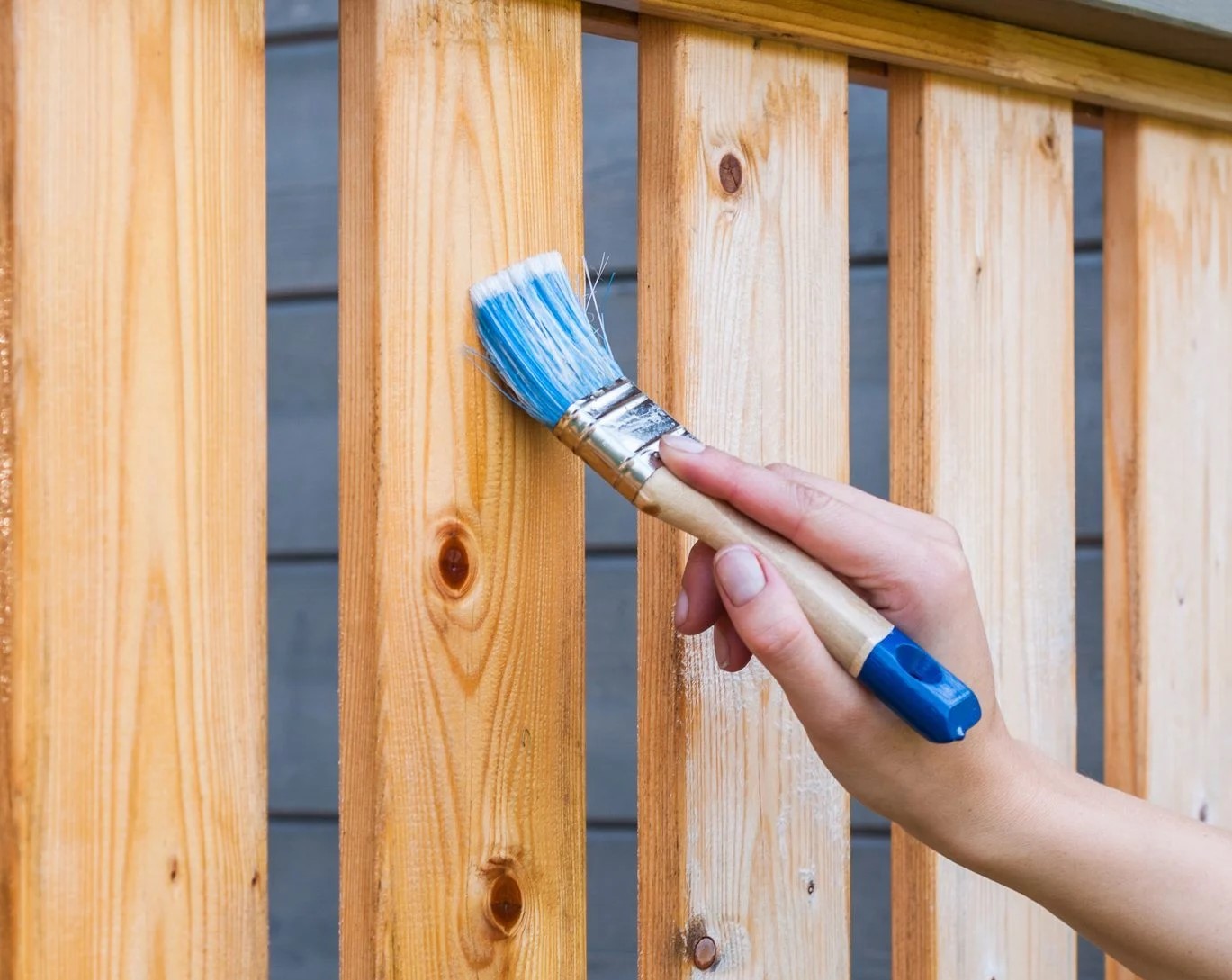
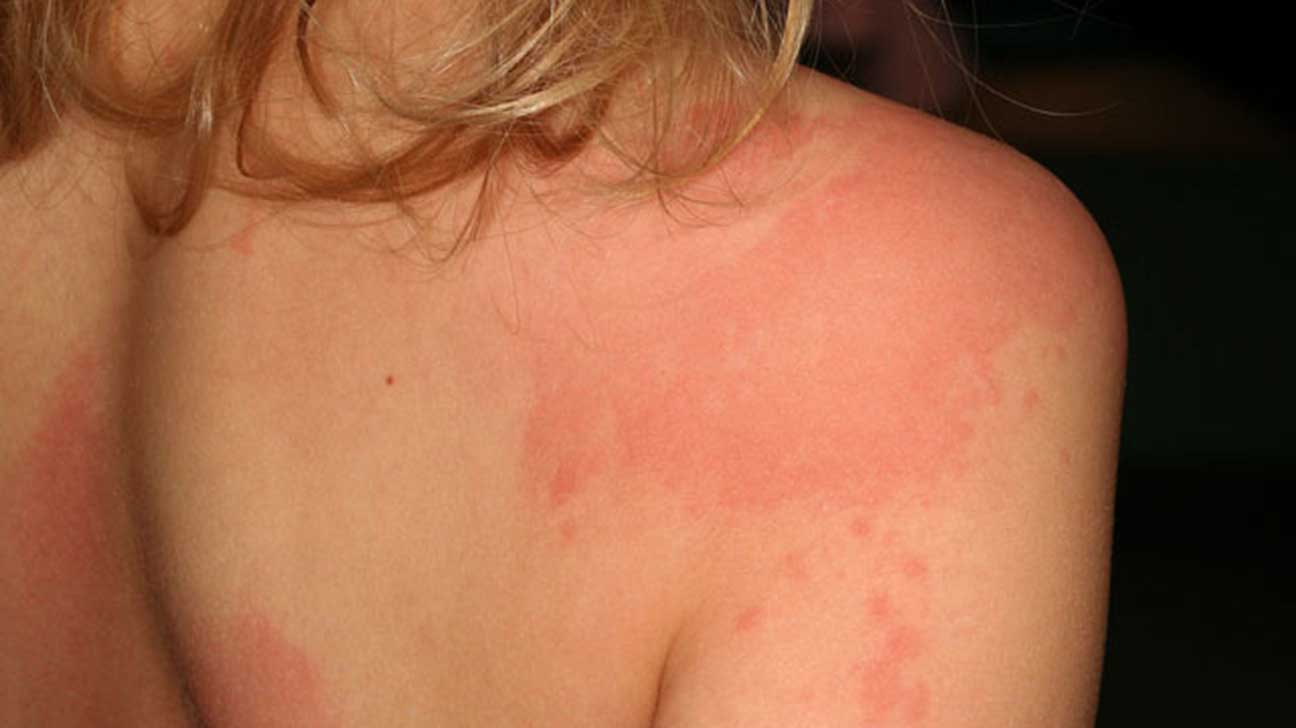
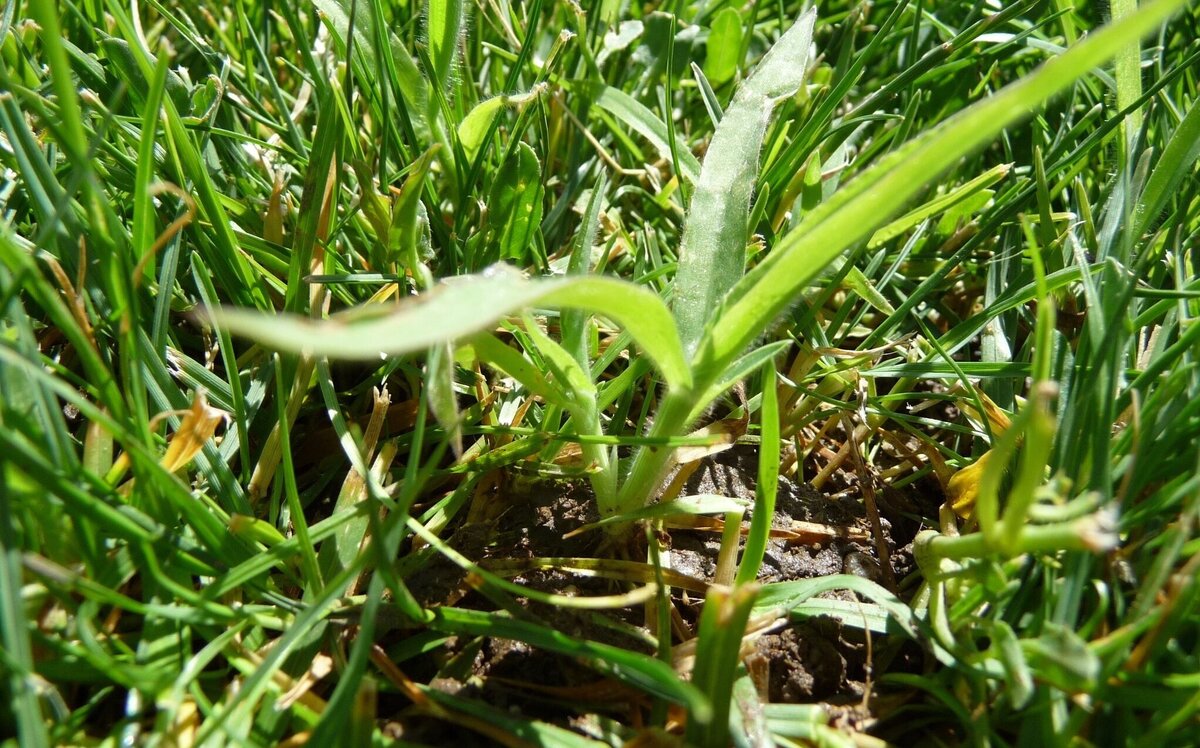
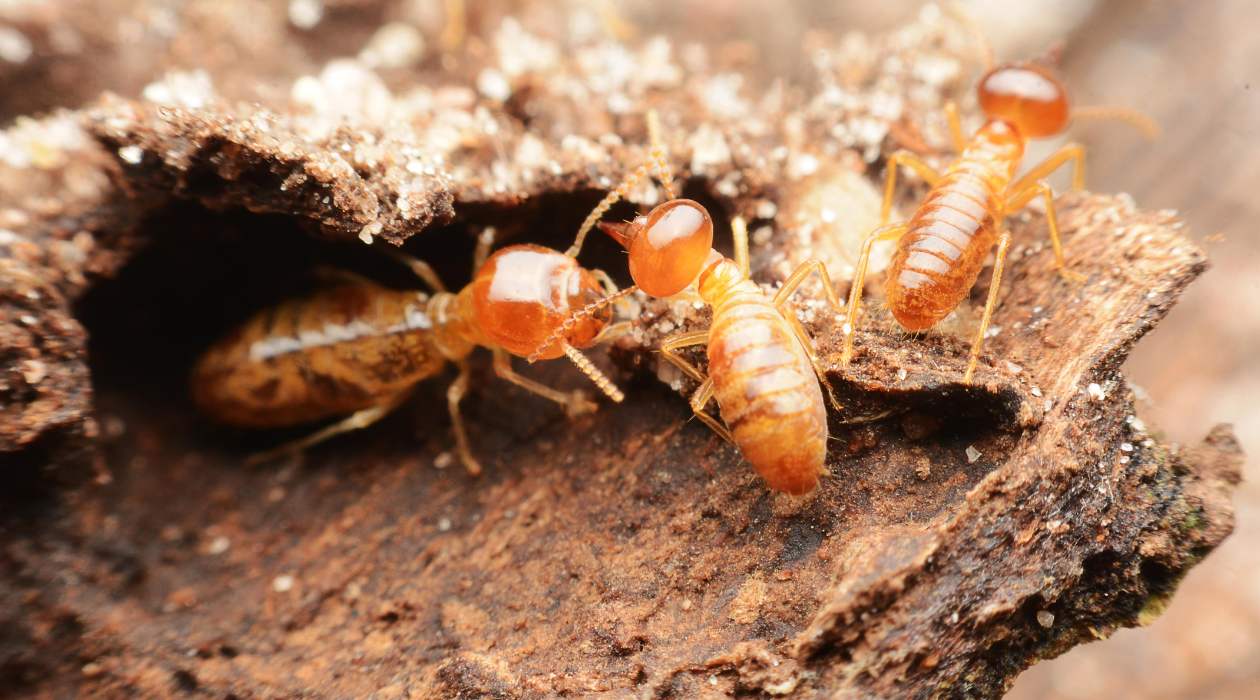

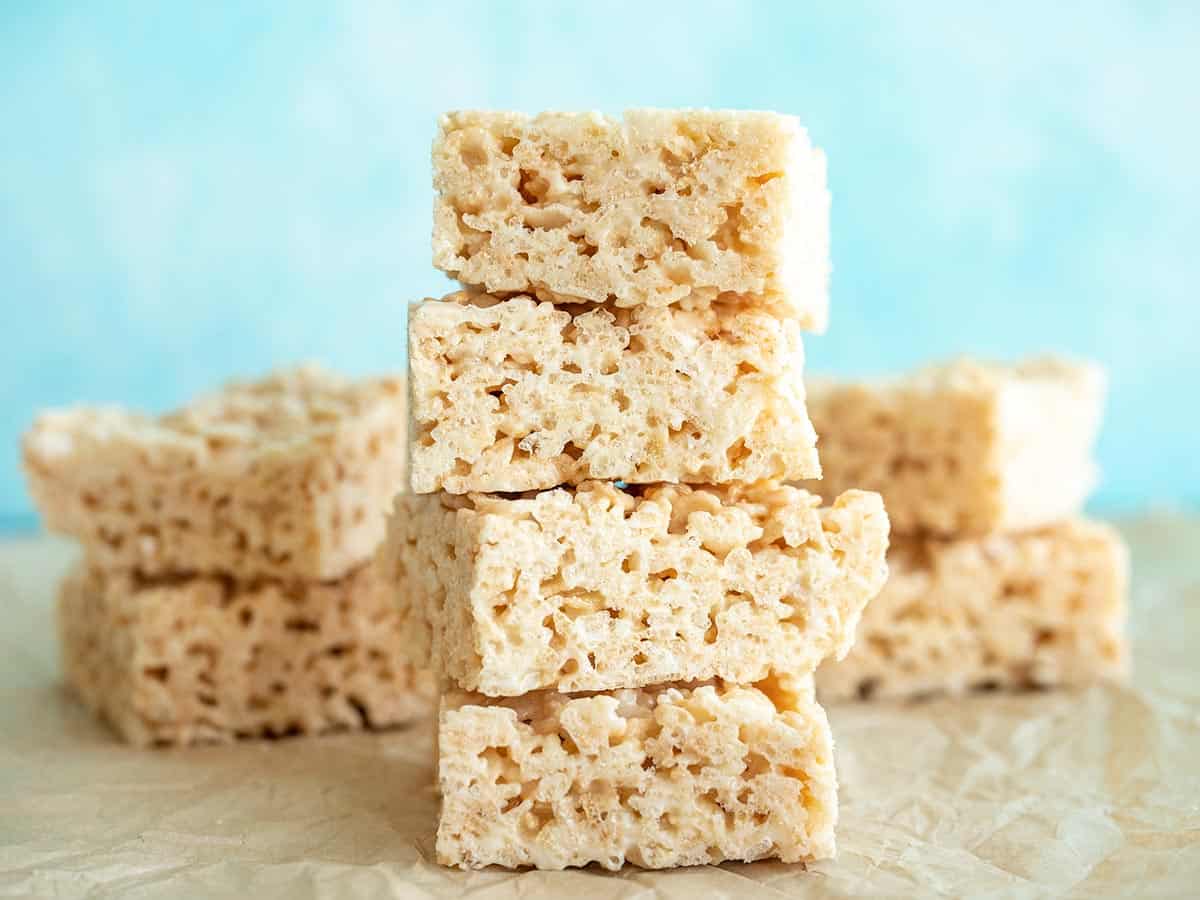
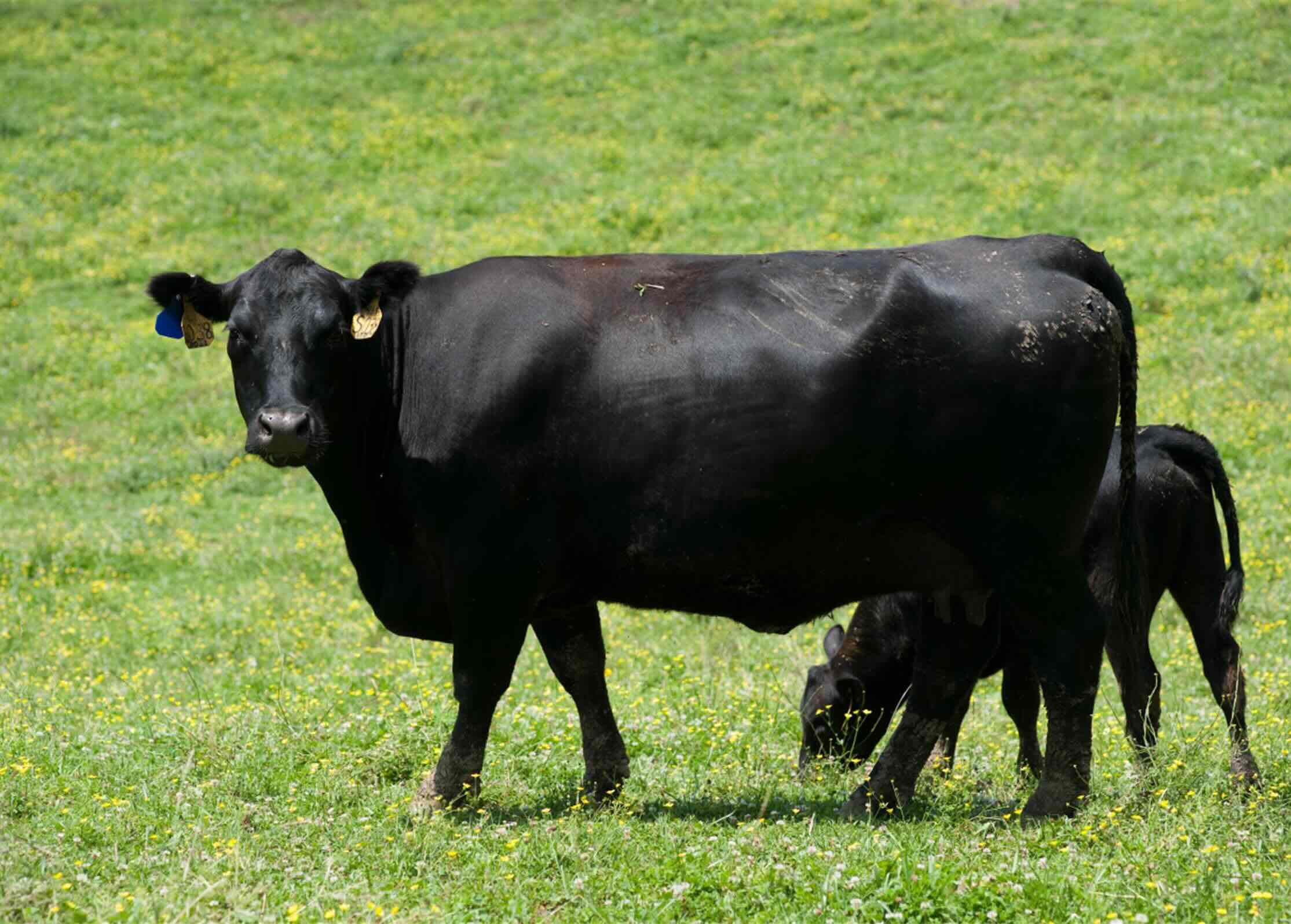
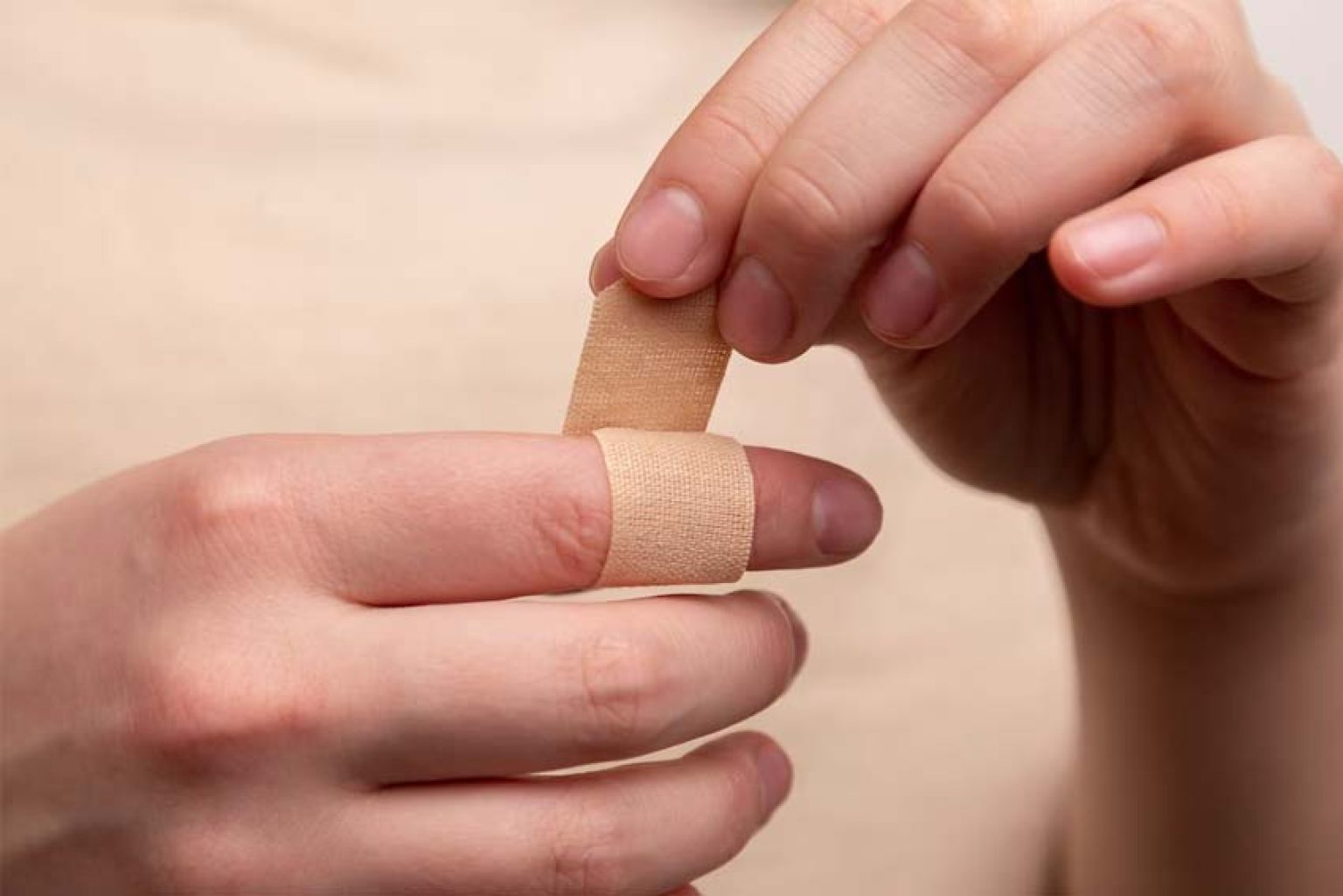

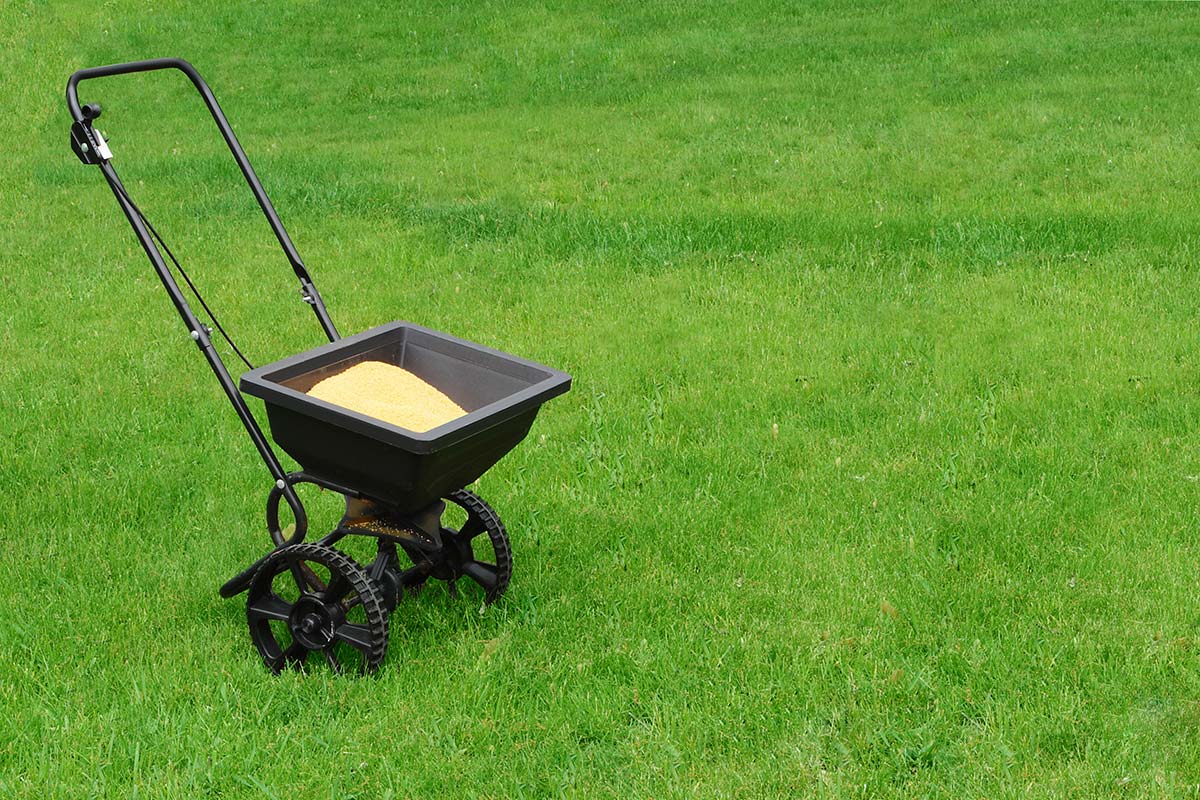
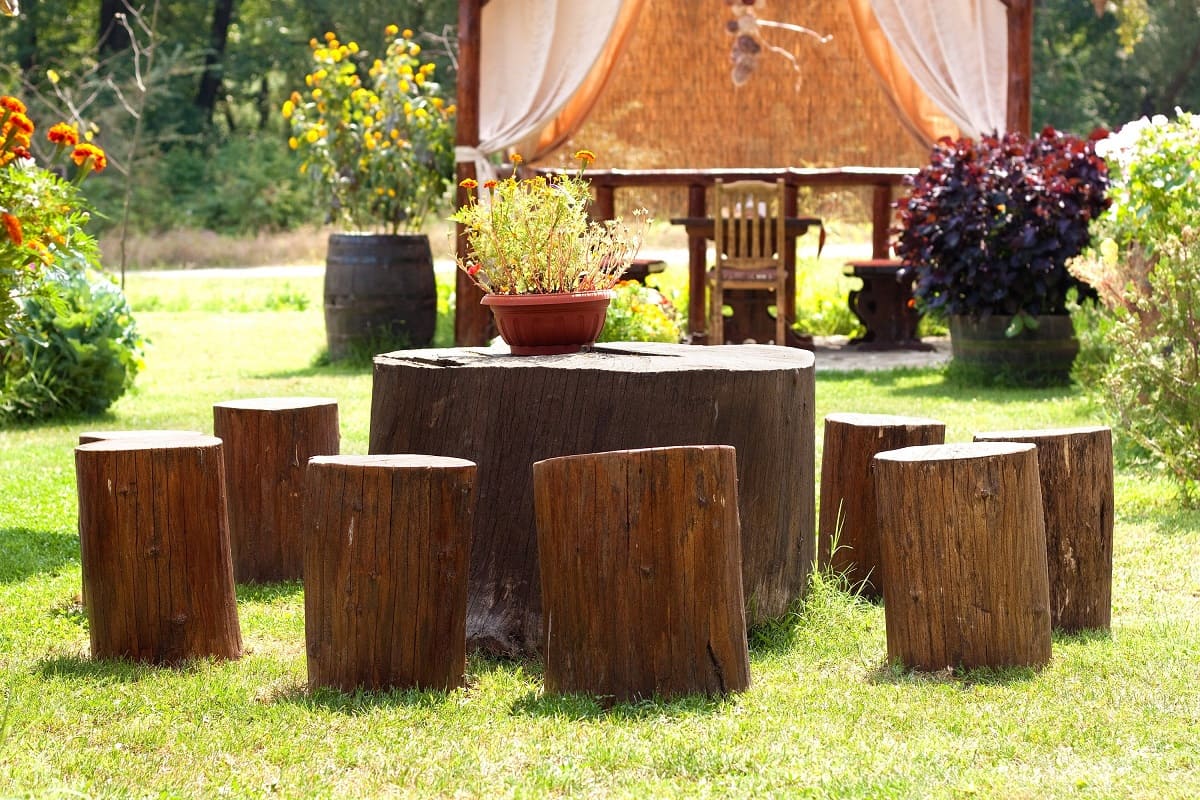

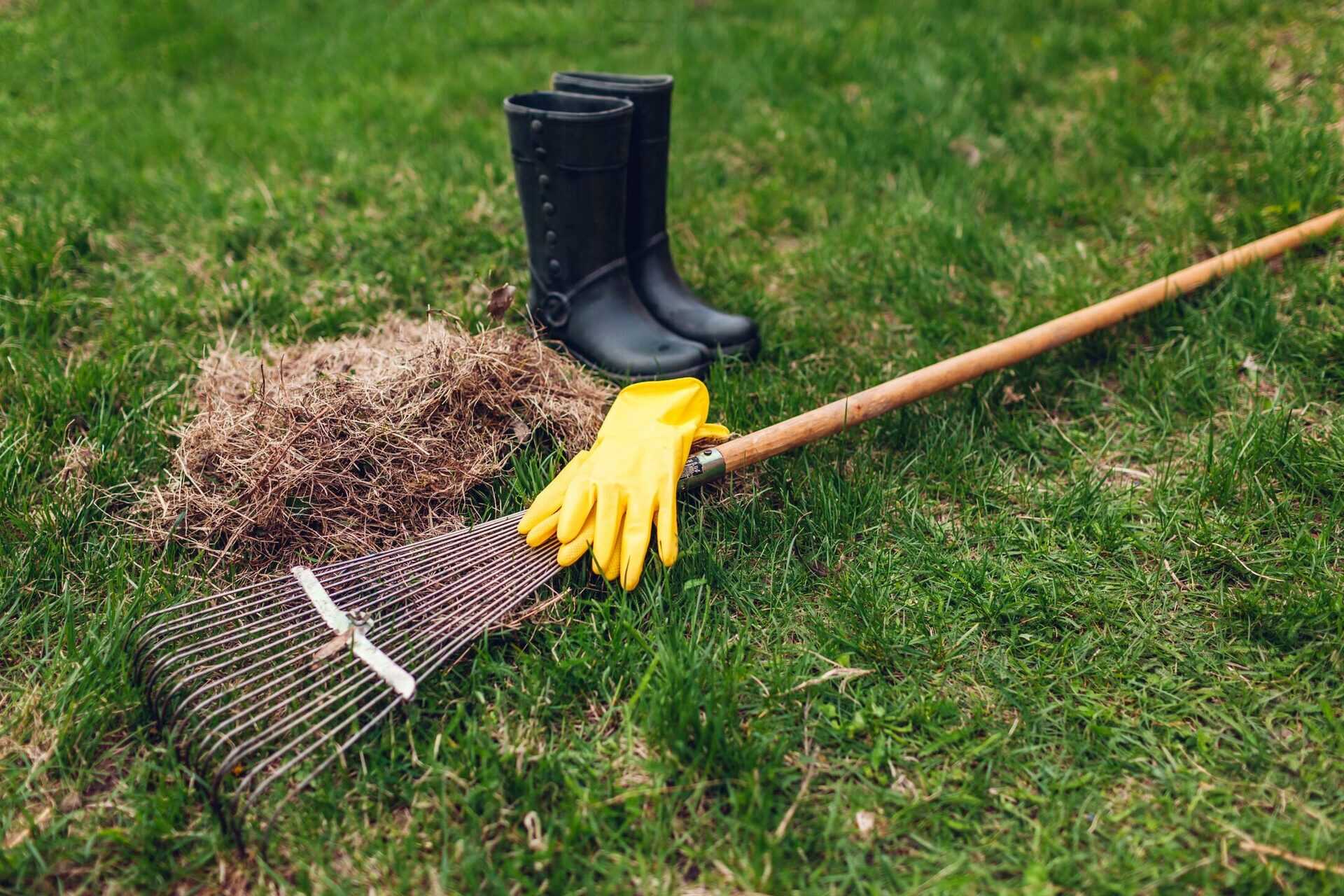


0 thoughts on “How To Treat Termites In The Ceiling”